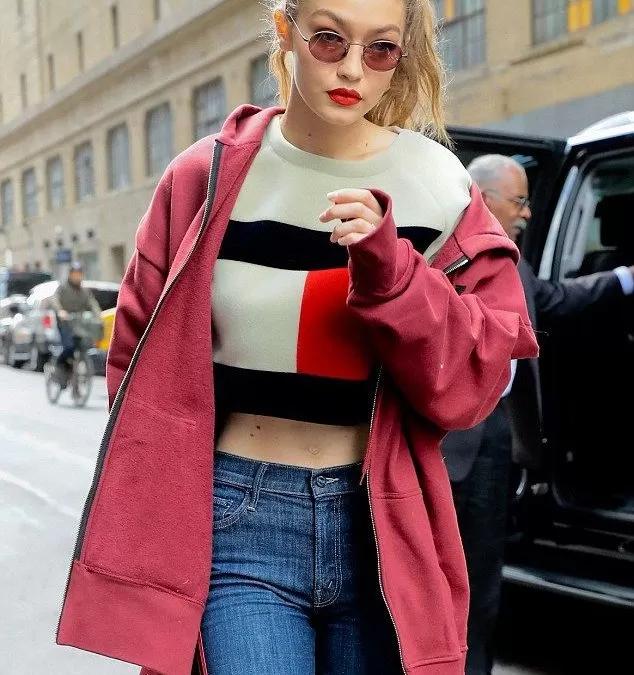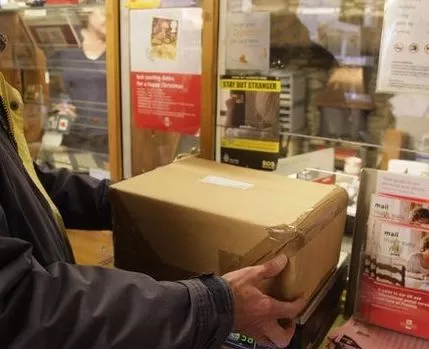These days, personalised recommendations, fitting solutions, popups and chatbots are widely used on fashion ecommerce websites by both big brands and SMBs to gain valuable customer insights and deliver personalised customer experiences.
While the omnichannel business model has been fully realised, the branded website is still an integral part of it and successful online retailers have developed quickly in recent years to adjust. The bricks-and-mortar experience is being simulated on the branded website.
Websites now offer the intimate in-store customer experience where a virtual salesperson caters to a shopper’s preferences, where the fit can be confirmed, and where the shopping journey is guided from start to finish. The good news is that these products are readily available to everyone, quite affordable, and easy to set up.
Apparel-optimised recommendation carousels
In stores, fashion retailers have always strived to nurture shoppers by being mindful of the individual style a shopper expresses, along with seasonal trends and cultural influences. When you walk into a store a good salesperson will figure out what your style preferences are and recommend something that satisfies you.
A recommendation carousel on your product page works in the same way. It predicts what visitors might be interested in and cross-sells items to them. Some companies use this tool to increase sales by as much as 48%.
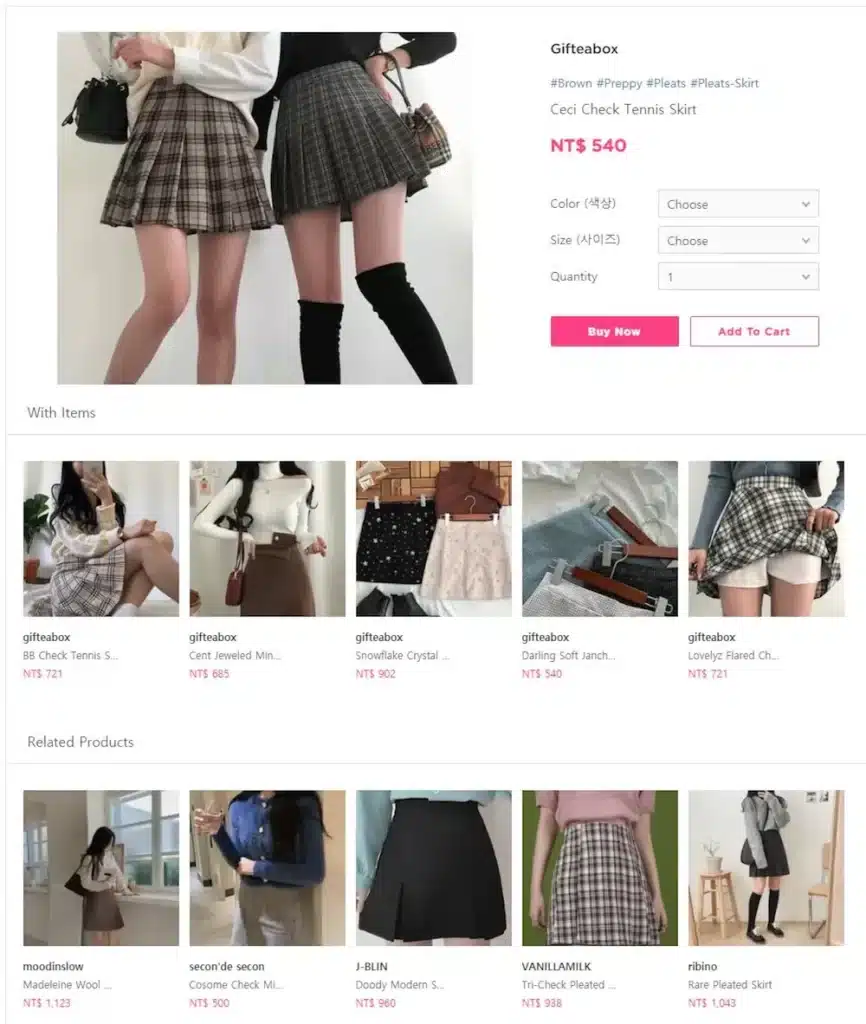
While recommendations in the recent past were based on collaborative filtering, grouping website visitors into segments, newer hybrid systems also use content-based filtering (based on product feature preferences).
The most advanced recommendation engines for fashion sites employ image-based machine learning to ensure that product recommendations are visually accurate and the accompanying product tags are written by fashion industry experts.
Virtual fitting rooms
Returns are an omnipresent pain point for online fashion shops. The National Retail Federation claims 11.1% of online apparel purchases are returned, but most observers say the number should be higher.
Whatever the case, fitting solutions for websites are abundant now and online apparel retailers provide an accurate fitting solution that can reduce returns. Virtual fitting rooms have become standard. The product offered by Style. me not only reduces returns but also boosts engagement by increasing page views — as a sure sign of an improved customer experience.
Luxury retail brand, McMullen, used Style. me to increase page views by 280%.
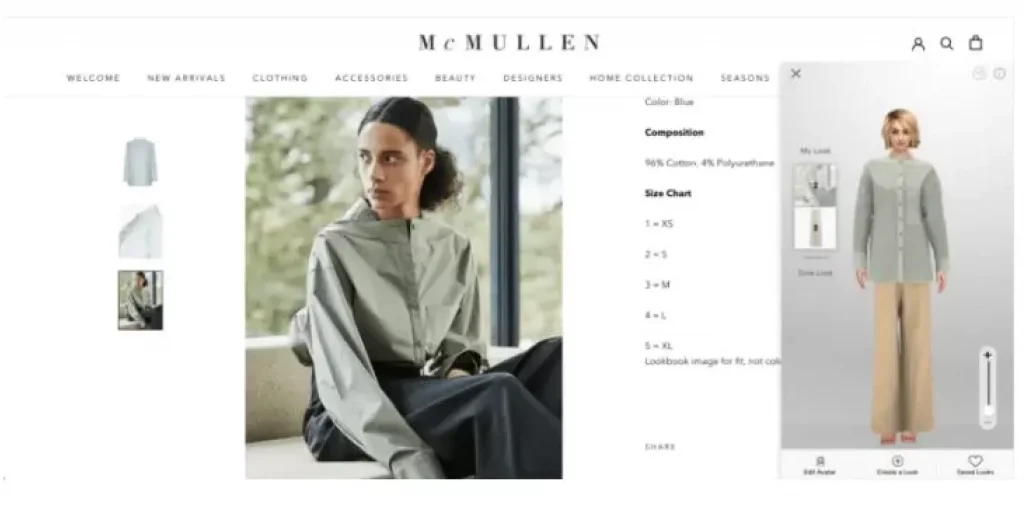
Founder Sherry McMullen asks, “How do you translate going into the dressing room and working with the customer in an e-commerce store? Style.me brings that experience to the e-commerce platform. You are going into the dressing room with a customer, but virtually and I do think that is part of the future of this industry.”
Fashion ecommerce popups
Popups have a bad reputation because they can be annoying. However, lots of fashion ecommerce sites are seeing good results from them. Tastefully done, unobtrusive popups can help you grow your email list, make recommendations and improve the overall online fashion shopping experience. Giveaways, promotions, and exclusive offers can be written into a popup and you can grow a valuable email list of consumers who have visited your site. Offering a product giveaway is a surefire way to get this done.
Chatbots for fashion websites
Lots of top fashion brands are using chatbots to personalize customer experience including Burberry, Tommy Hilfiger and Sephora. Tommy Hilfiger was one of the first brands to use chatbots on Facebook. Hilfiger explained in 2016, “We’re really focused on going directly to the consumer. We are distributed in our own stores and department stores, but going directly to the consumer is part of the motive and the future of the omnichannel process.”
Victoria’s Secret has successfully used chatbots for shoppers looking for bras, a delicate affair where women appreciate both expert advice and friendly companionship. The Victoria’s Secret chatbot is primarily a navigational tool, leading visitors to different parts of the website and providing general information about shipping and availability.
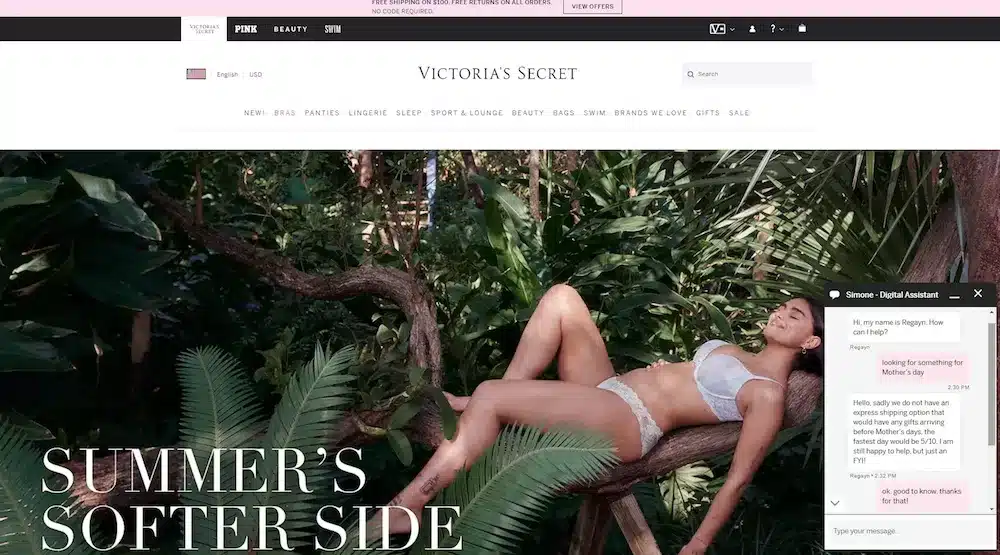
Besides the benefits of DTC sales and navigational support, chatbots can also:
- Act as a stylist, suggesting matching looks and accessories
- Increase customer engagement/conversion rates
- Handle FAQs, especially for refunds and delivery questions
- Provide another marketing channel when built on a messaging platform like Facebook, Messenger or Slack
Hyper-personalisation integral to CX
Failure to grasp the importance of hyper-personalisation for consumers is probably the single biggest mistake marketers could make. No consumer wants to be treated as part of a herd anymore, they won’t tolerate it. Why would you want to segment when you can personalise? It is essential to understand and appreciate the distinction it can make. Segmenting is not personalising.
Choosing and running AI hyper-personalisation product selection software, using AI hyper-personalisation technologies, the distinction between which is considerable, identify consumer’s future behaviour, then rank all SKUs by the greatest likelihood of their next most likely purchase. It delivers the highest CLV and AOV and obliterates returns.
Conclusion
Online shoppers expect the experience to satisfy in the same way that shopping in a store does, with a salesperson present. Fortunately for fashion retailers, marketing technologies have evolved quickly and personalising the fashion shopper’s online experience is getting easier all the time. Retailers know that 80% of consumers are more likely to make a purchase when websites offer hyper-personalisation, and 41% of Gen Z will provide their data for a hyper-personalised experience.
Machine learning has improved a lot in recent years and AI-driven recommendations, sizing, popups and chatbots provide a surprisingly satisfying online shopping experience.


